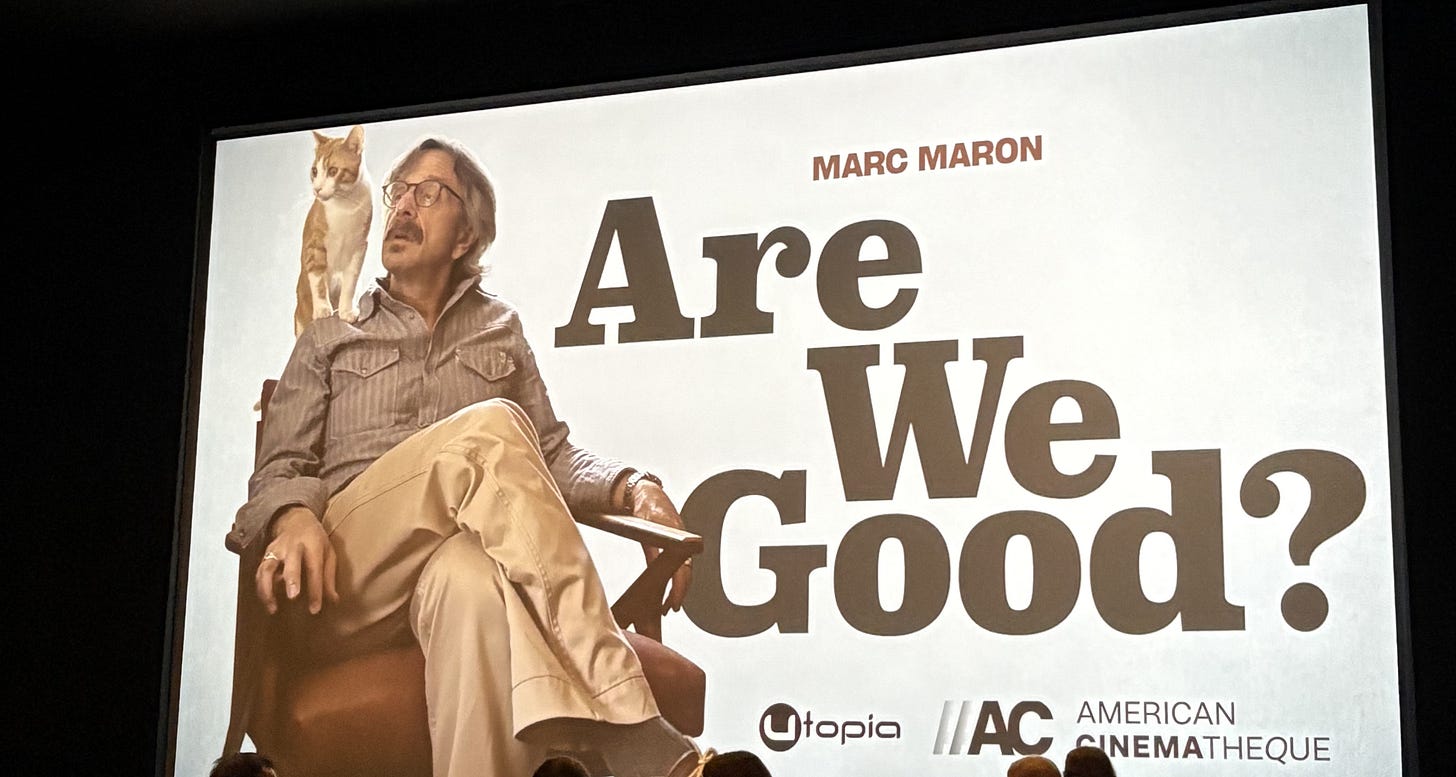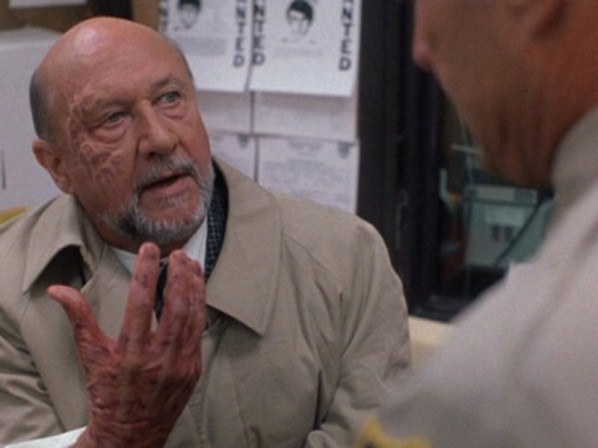Here’s what I watched and read last week….
MOVIES
Weapons (2025) is an excellent film that challenged my formal expectations. I was surprised by Zach Cregger’s non-linear approach to storytelling, and I didn’t expect such a strong blend of humor and disturbing horror. Having done extensive research on Alfred Hitchcock—who often inserted jokes into his films—I’ve learned that movies combining humor and horror tend to create an uncertain spectatorship, preventing viewers from finding a secure foothold. I certainly found this to be the case with Weapons. It’s definitely one of the best films I’ve seen this year.
Les Diaboliques (1955), directed by Henri-Georges Clouzot, is a significant film in the horror genre. Hitchcock screened it several times while making Vertigo, which was based on a novel by the same authors who wrote Les Diaboliques. The Criterion Channel has an excellent video about it. I won’t say much about the film itself—it’s best experienced without spoilers—but I highly recommend it. I also suggest Clouzot’s other masterpiece, The Wages of Fear (1953), which inspired William Friedkin’s Sorcerer (another masterpiece).
The Shining (1980) is the film that inspired me to study cinema. I watch it every year during Halloween. Earlier this year, I read TASCHEN’s book on the making of the film, which I highly recommend. I also wrote a chapter about The Shining as an example of “confinement cinema” in my own book.
Napoleon Dynamite (2004) is a hilarious indie comedy. I love its offbeat humor, and the relationships between the characters work wonderfully. And, of course, Napoleon’s dance to Jamiroquai is an absolute classic. “Tina, eat your food!”
A House of Dynamite (2025) is an intense film. I love the way Bigelow structured the story. The performances are excellent, especially those by Idris Elba and Jared Harris. The film invites us to consider a powerful question: if you were in the President’s position—knowing a missile was heading toward one of our major cities and could wipe out millions of people—what would you do?
TV
Mr. Scorsese (2025) is an excellent documentary about one of our greatest filmmakers. I was surprised by how much I learned, especially about his struggles during the late 1970s and into the 1980s, when the power of the auteur was being crushed by the major studios. My only complaint is that I wish there were more episodes!
It: Welcome to Derry (2025). I’ve watched the first two episodes and thought they were very good. The series looks and feels very much like the It movies that Muschietti directed, and it features some impressive special effects. Having read the novel, I’m curious to see how the show incorporates the backstories King wrote. I think the ending of episode two alluded to one of those stories. So far, I’m really enjoying it.
Dept. Q (2025). The first season had lots of great twists. Carl, Rose, Akram, and James work really well as a team, though at times it was a bit hard to keep track of everything—especially with no recaps at the start of each episode. Still, I’m definitely looking forward to the next season.
Sticks (2025). I watched the first episode and thought it was okay. There wasn’t anything particularly surprising about it, but I really enjoyed seeing Owen Wilson and Marc Maron together.
It’s The Great Pumpkin, Charlie Brown (1966). We watch it every year on Halloween. I love the expressionistic animation—it really captures the fall vibes. The jazz score by Vince Guaraldi is also amazing. Truly a classic.
BOOKS
These are the books I finished this week. Some I had been reading over the past few weeks.
Universality and Identity Politics by Todd McGowan. McGowan’s central claim is that what binds us all together in the social order is that we all don’t belong. In other words, he identifies non-belonging as the site of the universal. McGowan makes a strong case that we should not abandon the universal, because it is also the site of our freedom. The concept is challenging, as we can never fully reach the universal—only strive toward it. The key, he suggests, is to detach from particularity or identity politics. Throughout the book, McGowan supports his argument with numerous examples from history and cinema.
The Bewitching by Silvia Garcia-Moreno is the third book I’ve read by her. I loved Mexican Gothic and The Daughter of Dr. Moreau, and I really enjoyed this new book, which centers on witches and sorcerers. I particularly appreciated the way the story is structured—it made the book very engaging.
Anxiety (Seminar X) by Jacques Lacan. It goes without saying that Lacan is notoriously difficult to read, but this seminar was a little bit easier to digest than his others. In it, he introduces a fundamental concept: objet a (the object cause of desire). The objet a creates lack for the subject when one enters the symbolic order. It is what prevents the subject from ever being fully identical with oneself, producing what Lacan calls the split subject. One of Lacan’s central claims is that anxiety arises from the “lack of lack.” If you want to explore objet a further, I discuss it in more detail on my blog. For beginners, I highly recommend Todd McGowan’s introductory book on Lacan or Slavoj Žižek’s Looking Awry.




























